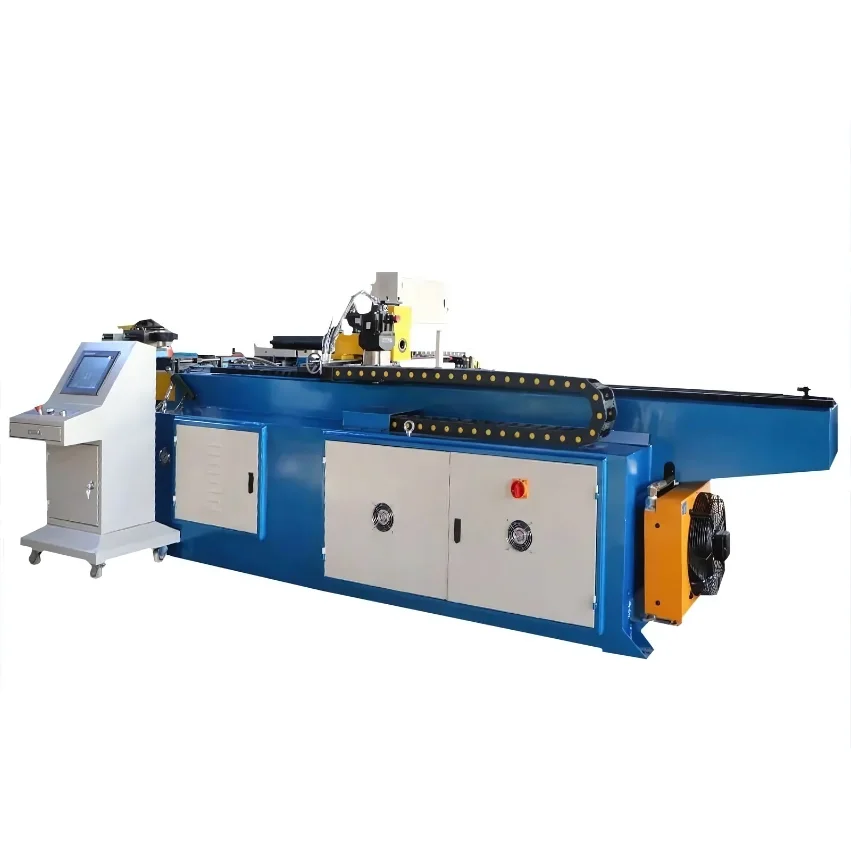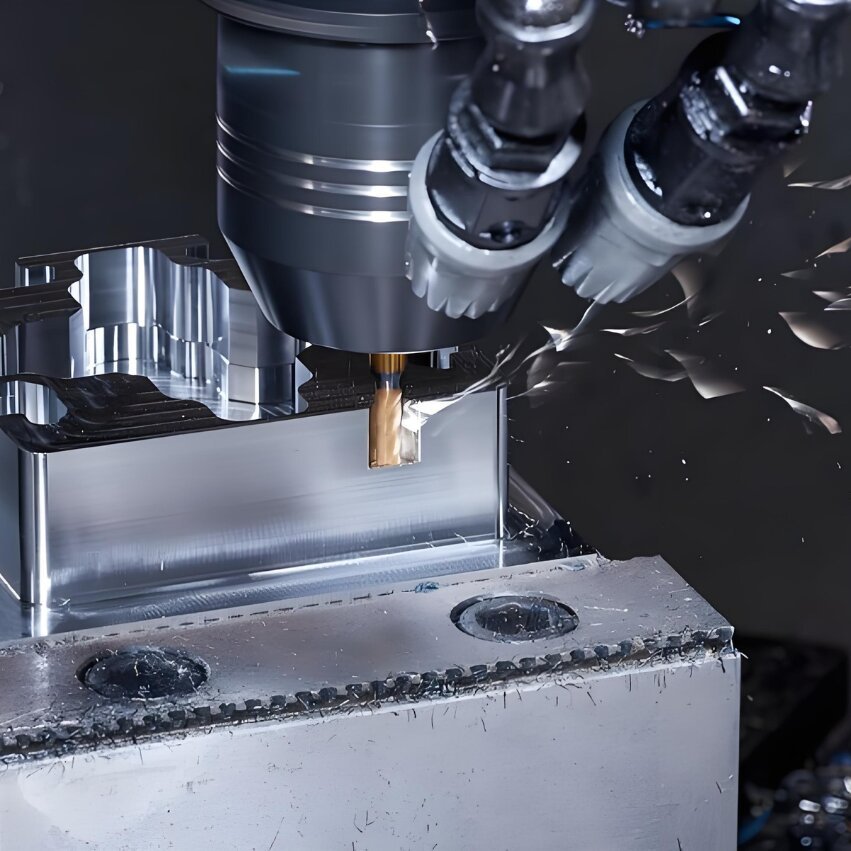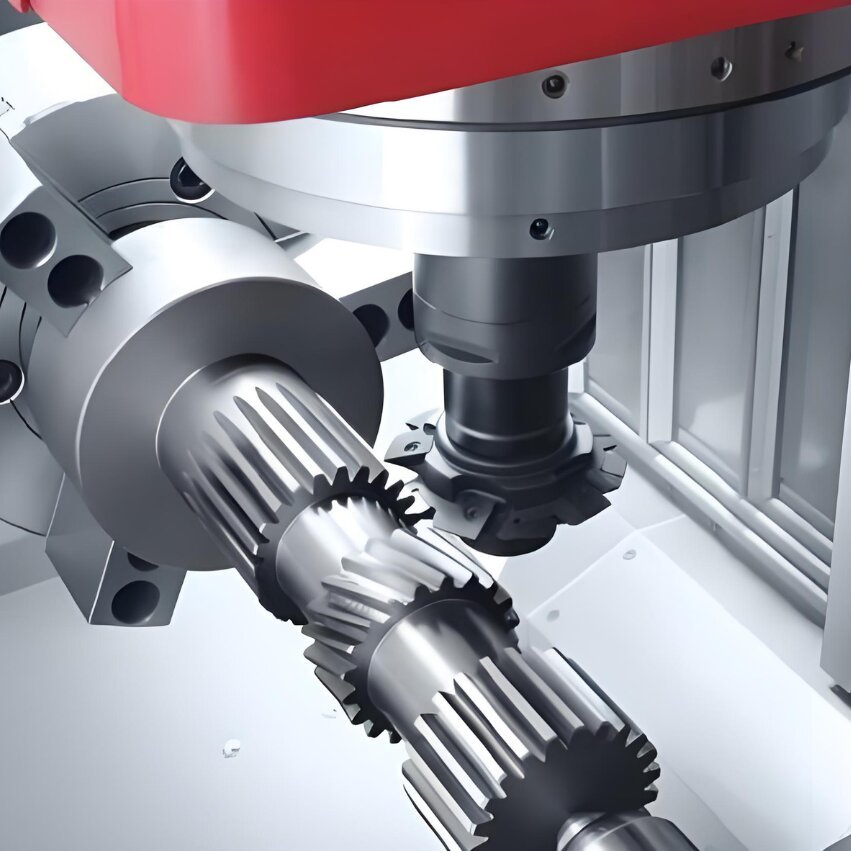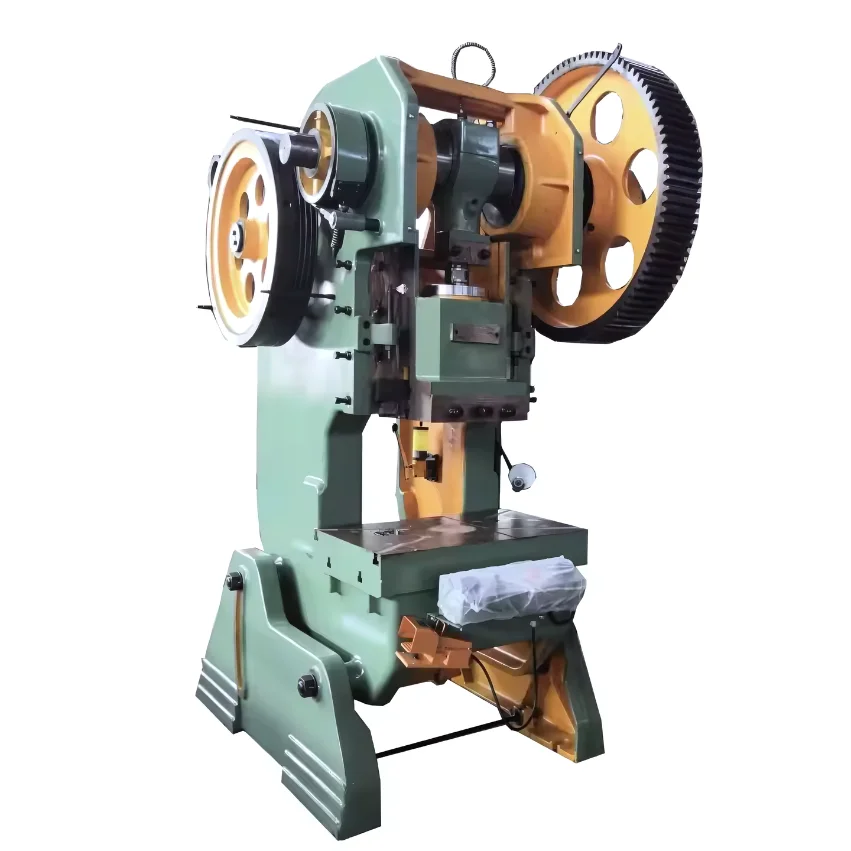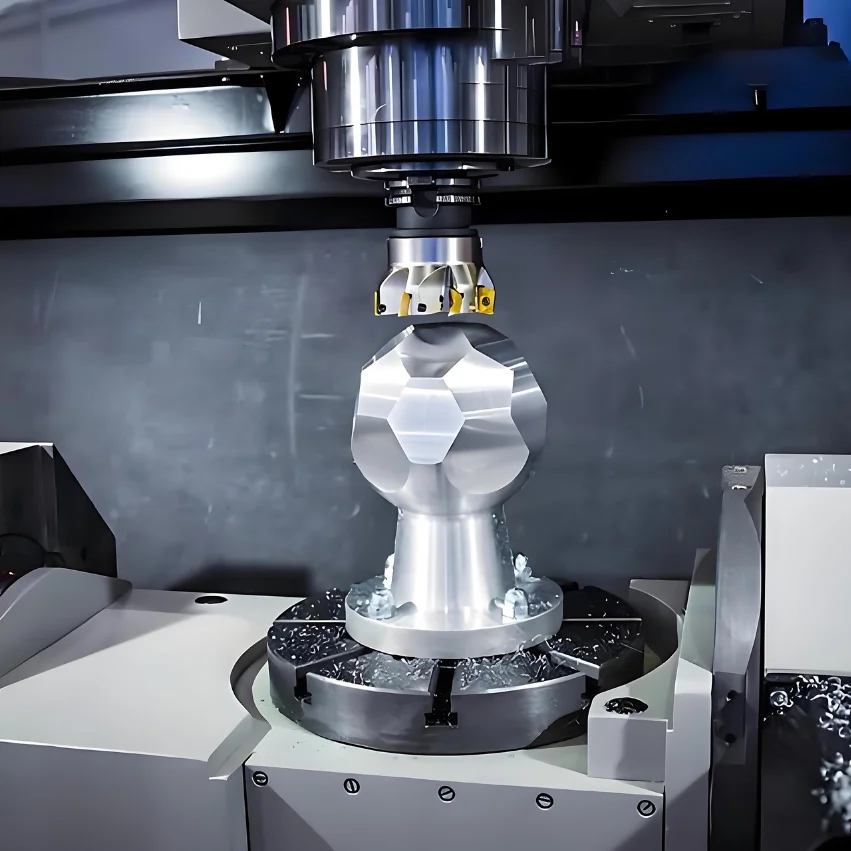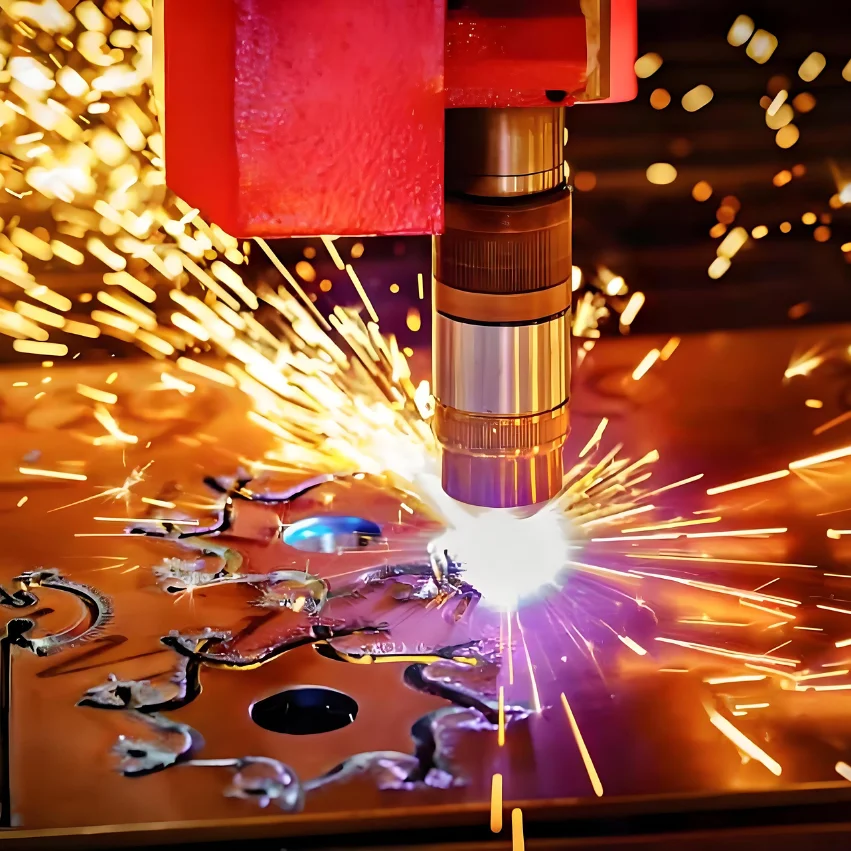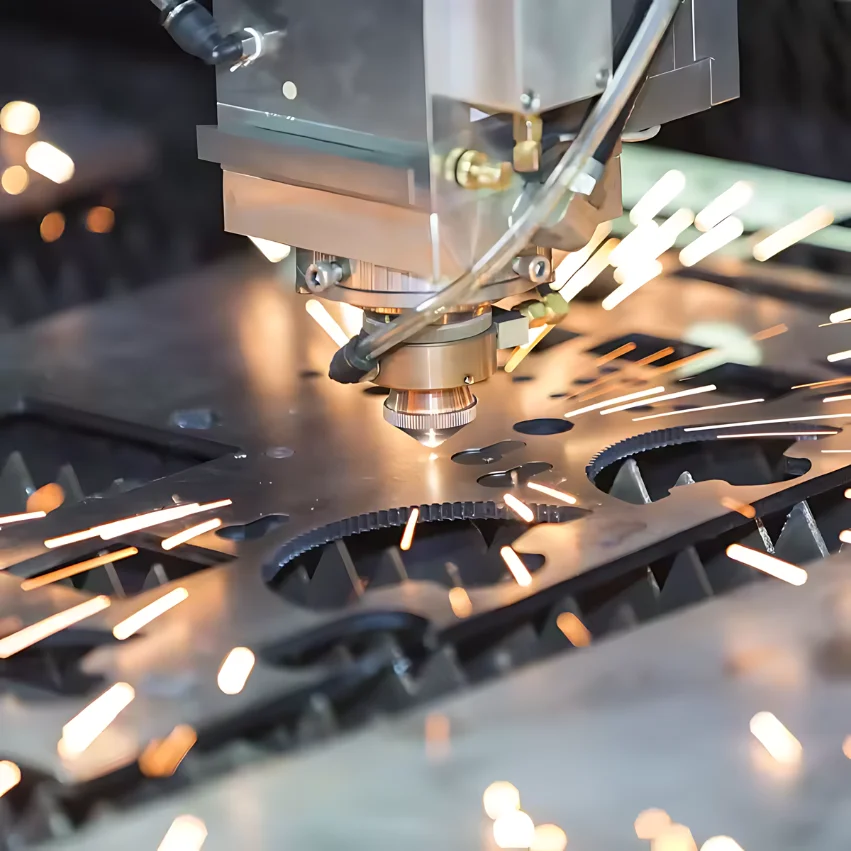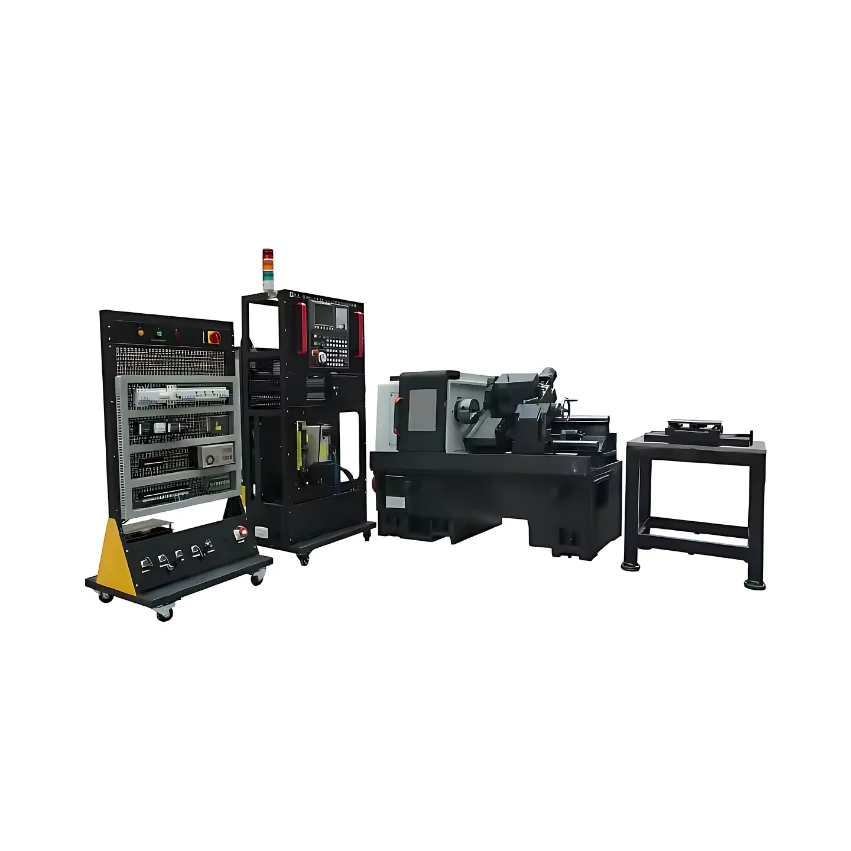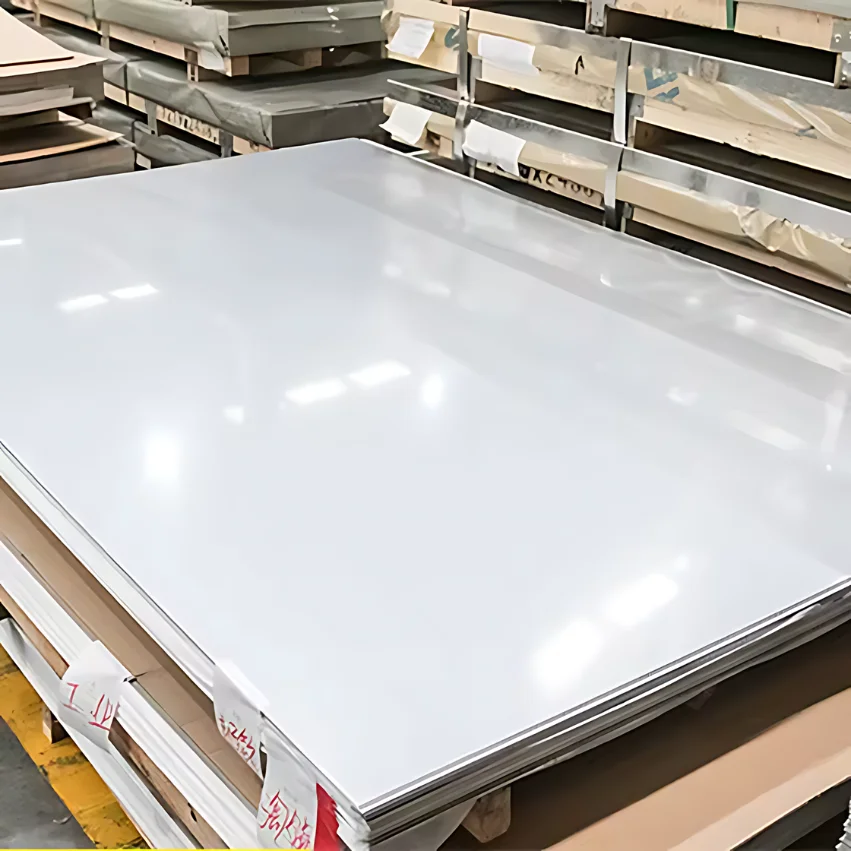
316 vs 316L Stainless Steel: What’s the Difference?
Stainless steel, also known as inox, is an iron alloy known for its corrosion resistance, strength, and durability. Of the many families of stainless steel, 316 and 316L are most commonly used in environments that require high corrosion resistance. This article explores the differences and applications of these two stainless

